Cera Stribley’s Hideaway House adds a subterranean dimension to a modern Melbourne home
A new bespoke basement at Hideaway House by Cera Stribley transforms this contemporary suburban home into the ultimate domestic playground
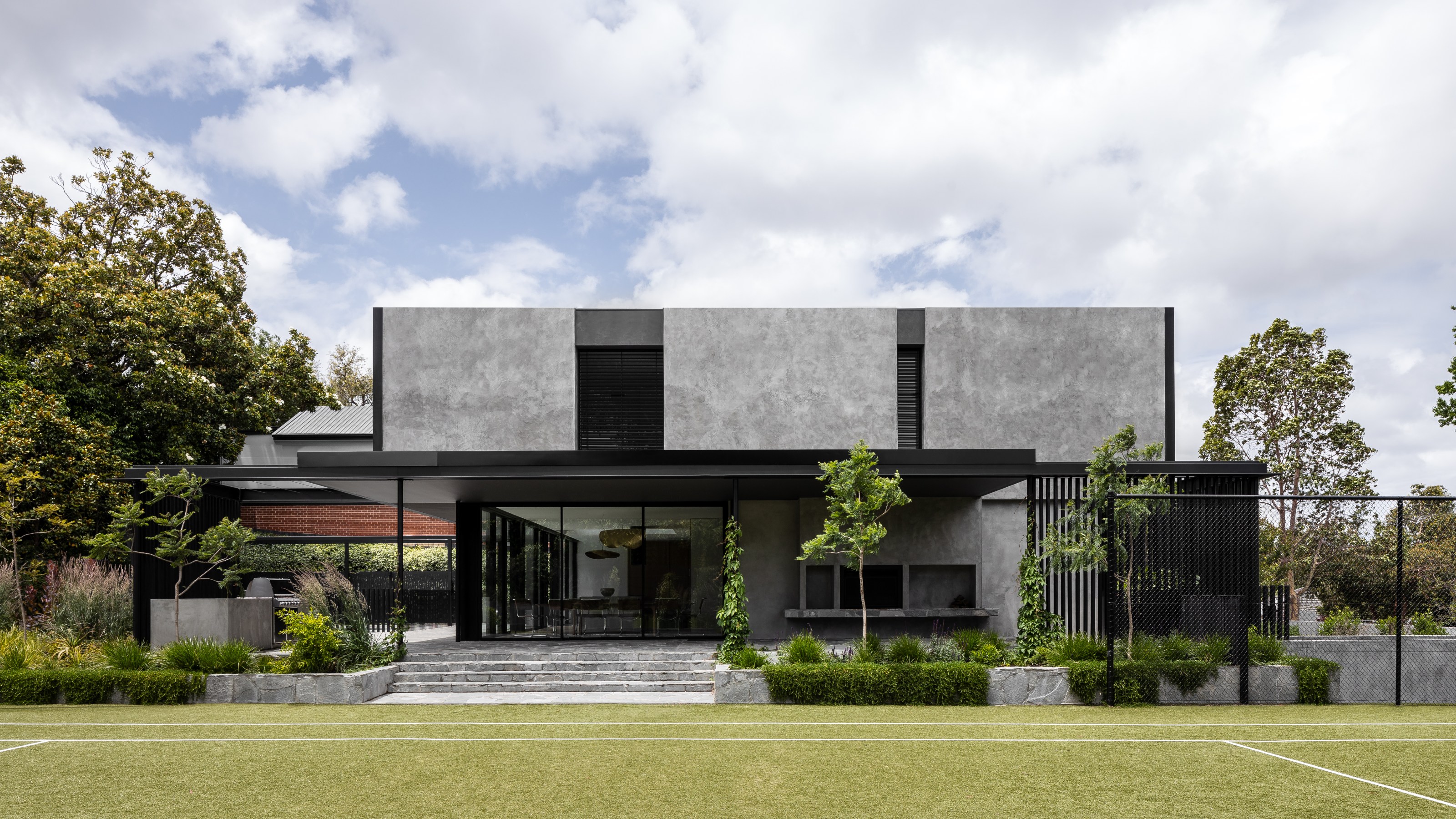
Hideaway House, an expanded family house in Melbourne, is notable for its incorporation of a subterranean pool and bar area. Designed by architecture and interior design practice Cera Stribley, the extension was achieved by incorporating an adjacent plot, massively increasing the available space for work and play in the three-storey family house.
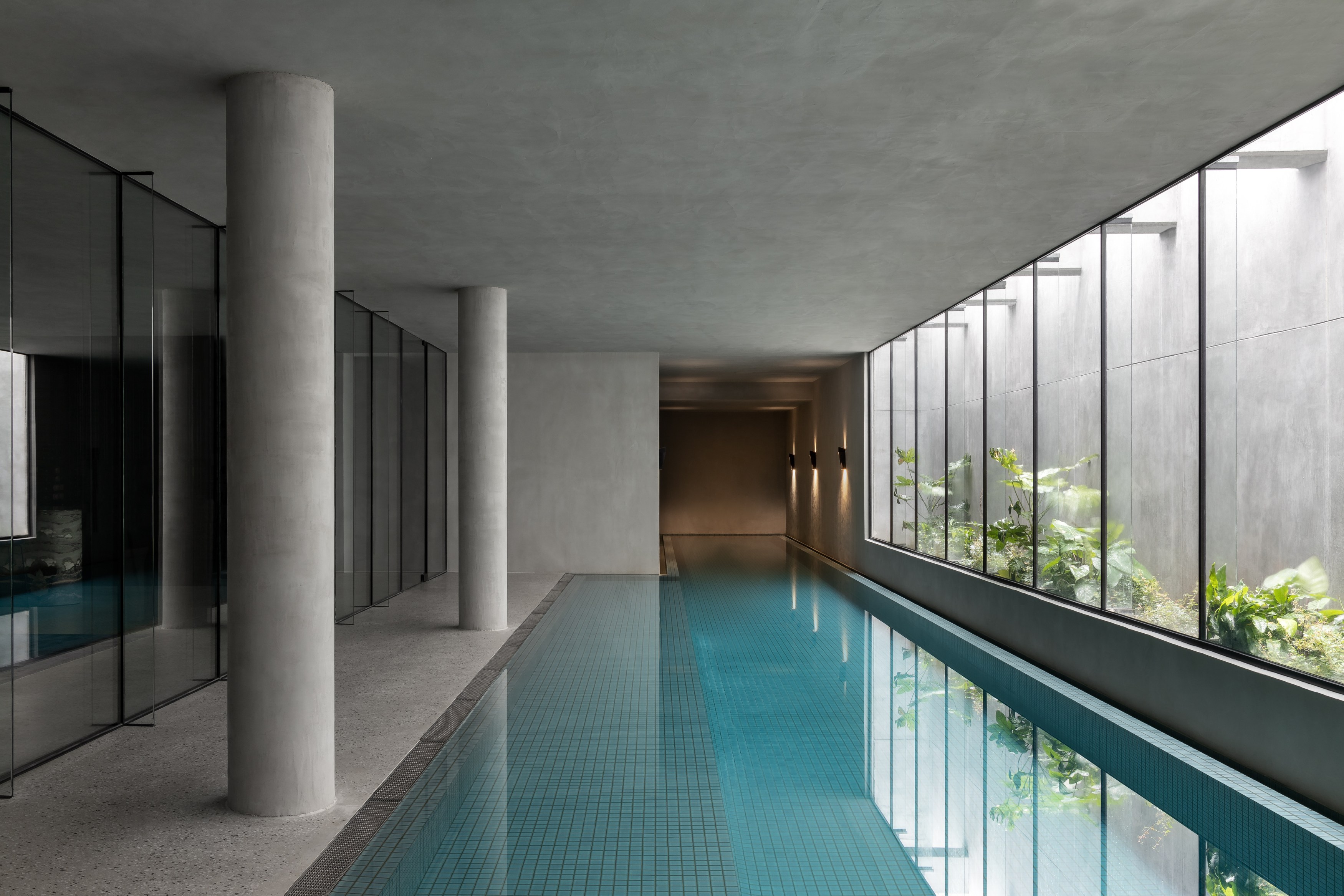
The basement lap pool is flanked by concrete columns and the lightwell
Hideaway House by Cera Stribley
‘Our brief was to create spaces that would enhance the family’s time together, while giving the kids ample space to play and the adults space to unwind and entertain,’ Cera Stribley’s head of interior design, Jessica Coulter, explains.
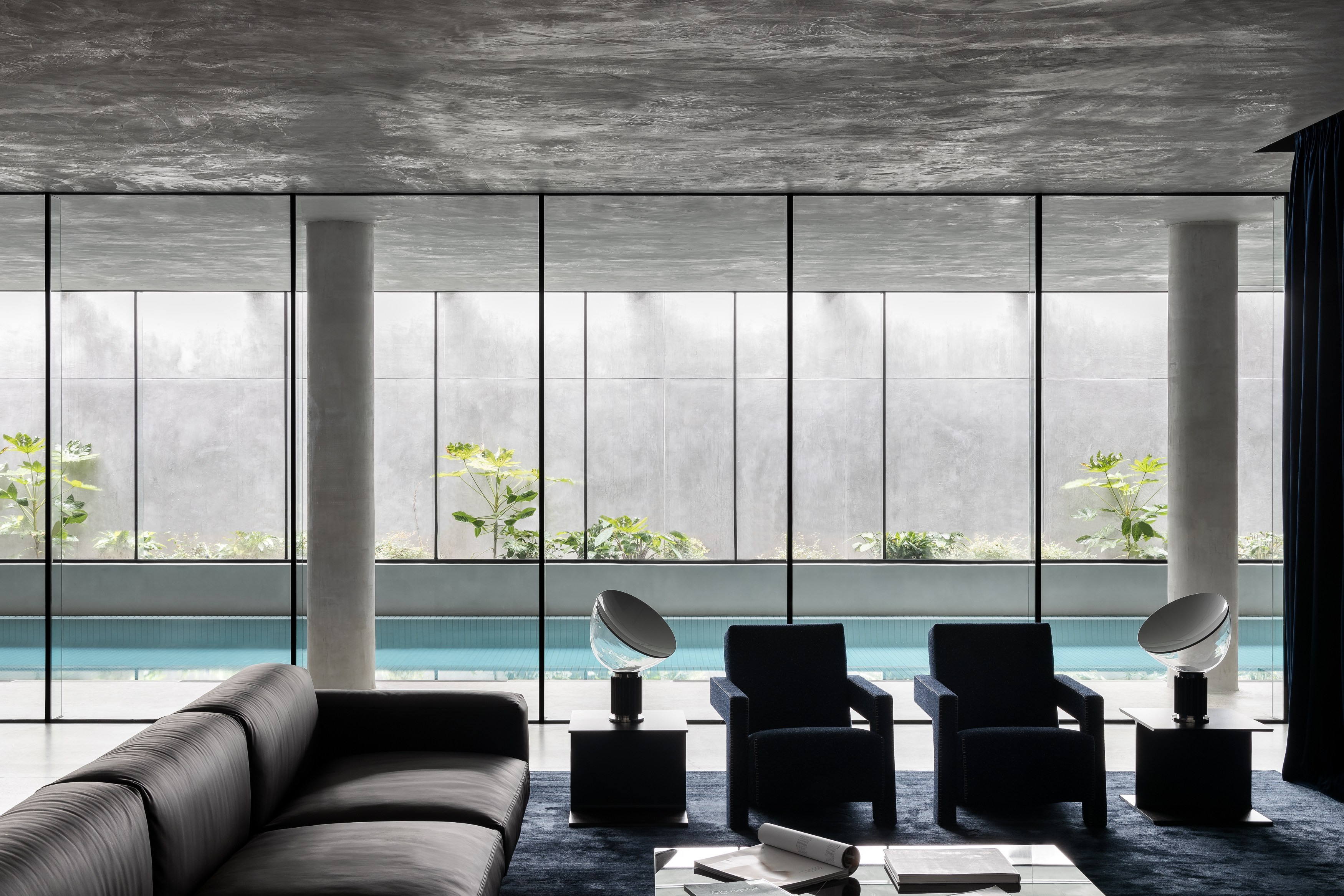
The basement lounge area features ‘Taccia’ table Lamps from Flos and the ‘Utrecht’ armchair by Gerrit Thomas Rietveld, from Cassina
The architects set about excavating the adjacent plot to create an expansive below-ground living space. The project incorporates an indoor lap pool, together with a dedicated golf room and gym, as well as an upscale, bespoke basement bar and lounge.

The basement bar and wine cellar
The original modern house was also reconfigured, with a brand-new guest suite replacing the old garage, and a below-ground connection to the new extension. ‘The new basement is really the “adults’ lair”,’ says Coulter, ‘so we wanted it to feel sophisticated and moody. Think: Mad Men meets Batcave.’
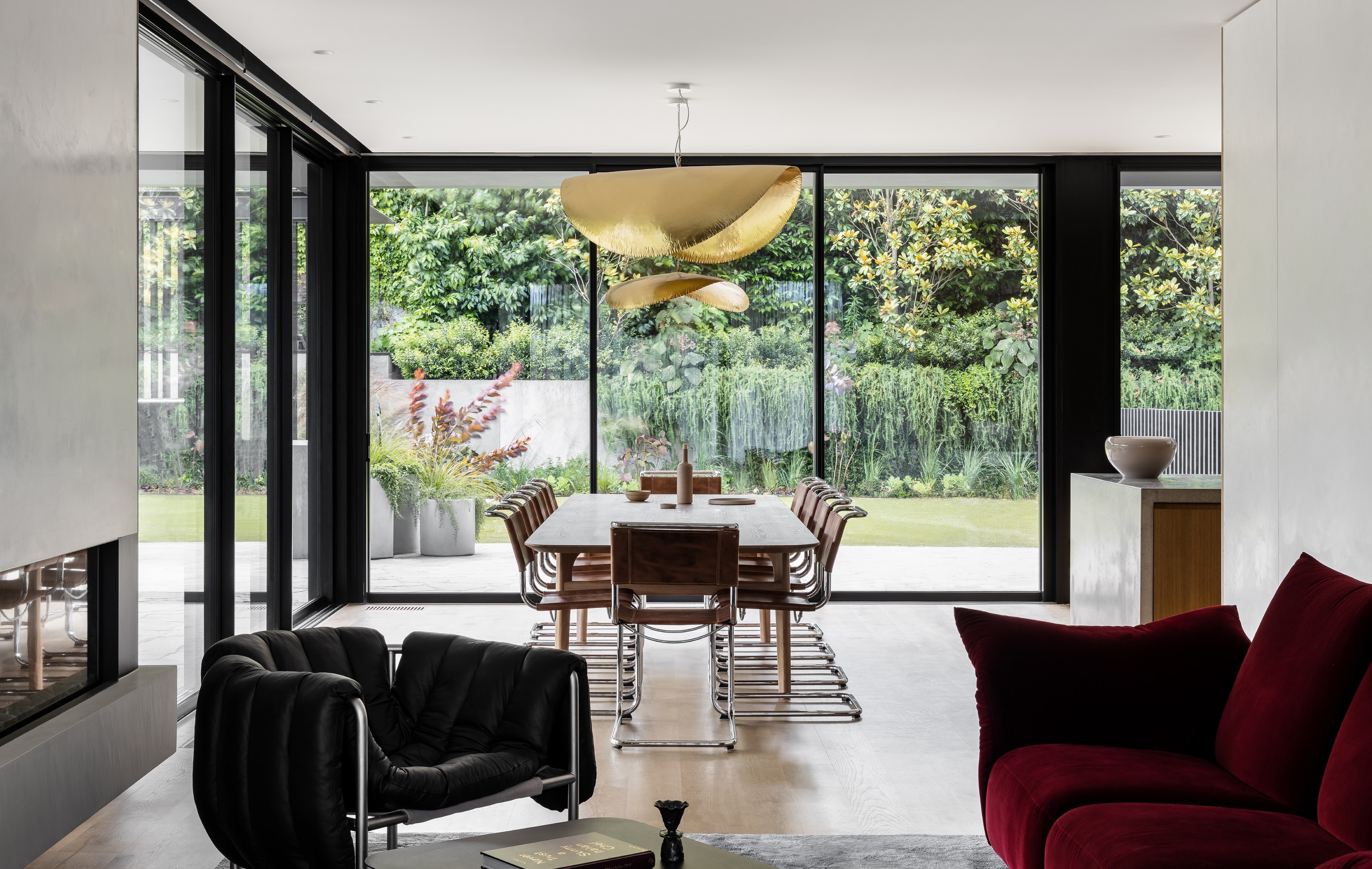
The formal living and dining room at ground floor level. The dining chairs are Mies van der Rohe's ‘S533’ model, while the brass lamp is by Paola Navone
Above the expansive new basement is a tennis court, a useful addition to the property, but one that precluded the addition of any skylights into the pool and lounge areas. Instead, a long lightwell was created at the north edge of the site, faced in concrete and planted at basement level to create a wash of natural light and vegetation behind a glazed façade. Light is further manipulated by the pool water. Landscape design was by Eckersley Garden.
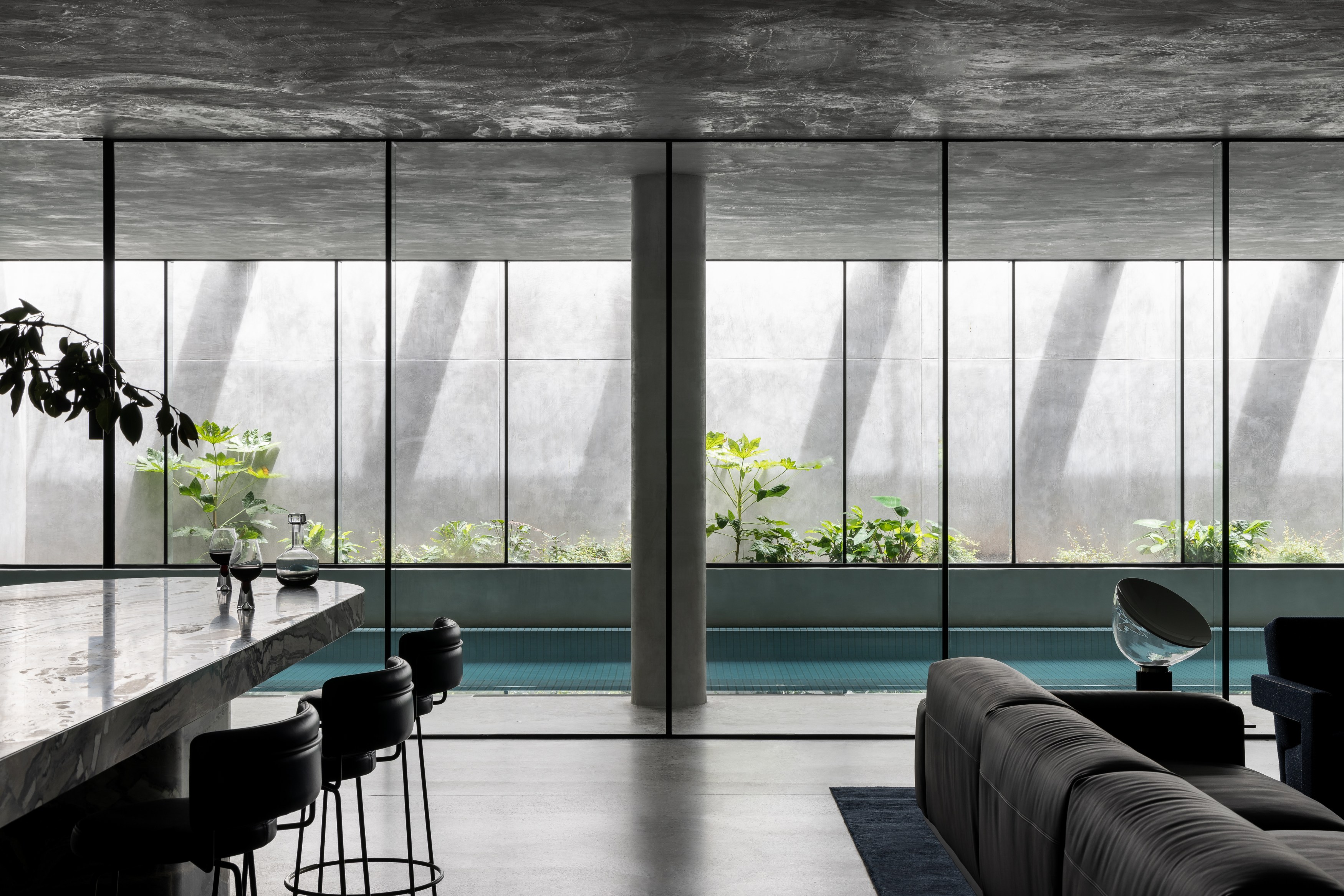
A view across the pool to the lightwell
Says the firm’s Steve Woo, ‘You can be swimming in the pool, or lounging in the bar, and feel totally secluded yet, at the same time, connected to nature and able to witness the passing of weather and time through the light void.'

Detailing is kept minimal and refined
Glazing is minimal and lies flush with the grey concrete and rendered surfaces inside and outside the basement. All fixtures and fittings are bespoke, from the wine cellar to the marble bar, the cantilevered fireplace and the temple-like alcoves in the bathrooms. TVs and other messy accoutrements of family life are shuttered away within custom joinery when not in use.
Receive our daily digest of inspiration, escapism and design stories from around the world direct to your inbox.
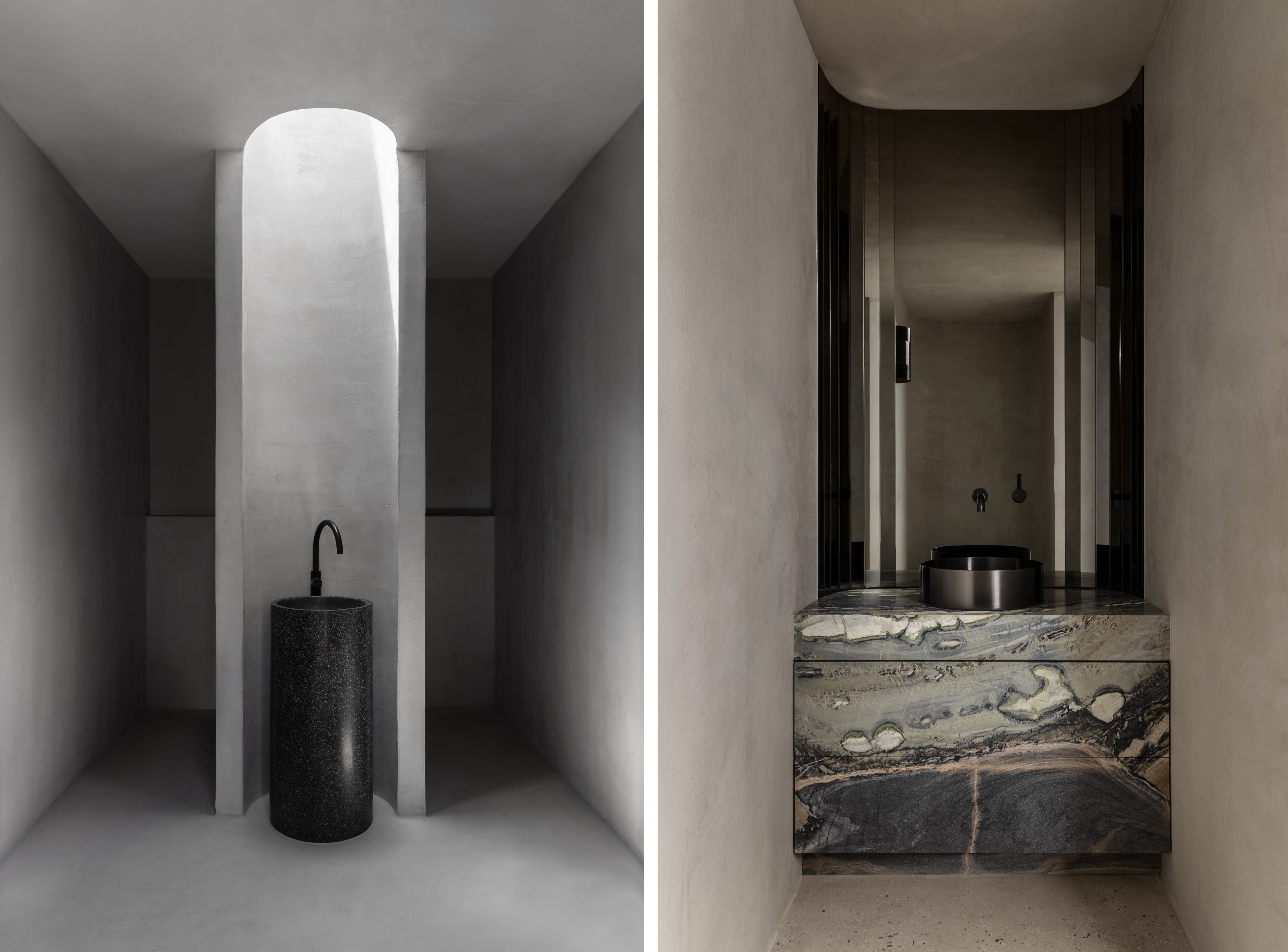
Two of the bathroom wash areas
The Hideaway House has revitalised this suburban plot, bringing a new lease of life to a family home without altering the silhouette or scale of the existing structure.

The entrance to the new underground garage
Jonathan Bell has written for Wallpaper* magazine since 1999, covering everything from architecture and transport design to books, tech and graphic design. He is now the magazine’s Transport and Technology Editor. Jonathan has written and edited 15 books, including Concept Car Design, 21st Century House, and The New Modern House. He is also the host of Wallpaper’s first podcast.
-
 Volvo’s quest for safety has resulted in this new, ultra-legible in-car typeface, Volvo Centum
Volvo’s quest for safety has resulted in this new, ultra-legible in-car typeface, Volvo CentumDalton Maag designs a new sans serif typeface for the Swedish carmaker, Volvo Centum, building on the brand’s strong safety ethos
-
 We asked six creative leaders to tell us their design predictions for the year ahead
We asked six creative leaders to tell us their design predictions for the year aheadWhat will be the trends shaping the design world in 2026? Six creative leaders share their creative predictions for next year, alongside some wise advice: be present, connect, embrace AI
-
 10 watch and jewellery moments that dazzled us in 2025
10 watch and jewellery moments that dazzled us in 2025From unexpected watch collaborations to eclectic materials and offbeat designs, here are the watch and jewellery moments we enjoyed this year
-
 The Architecture Edit: Wallpaper’s houses of the month
The Architecture Edit: Wallpaper’s houses of the monthFrom wineries-turned-music studios to fire-resistant holiday homes, these are the properties that have most impressed the Wallpaper* editors this month
-
 An Australian holiday home is designed as a bushfire-proof sanctuary
An Australian holiday home is designed as a bushfire-proof sanctuary‘Amongst the Eucalypts’ by Jason Gibney Design Workshop (JGDW) rethinks life – and architecture – in fire-prone landscapes, creating a minimalist holiday home that’s meant to last
-
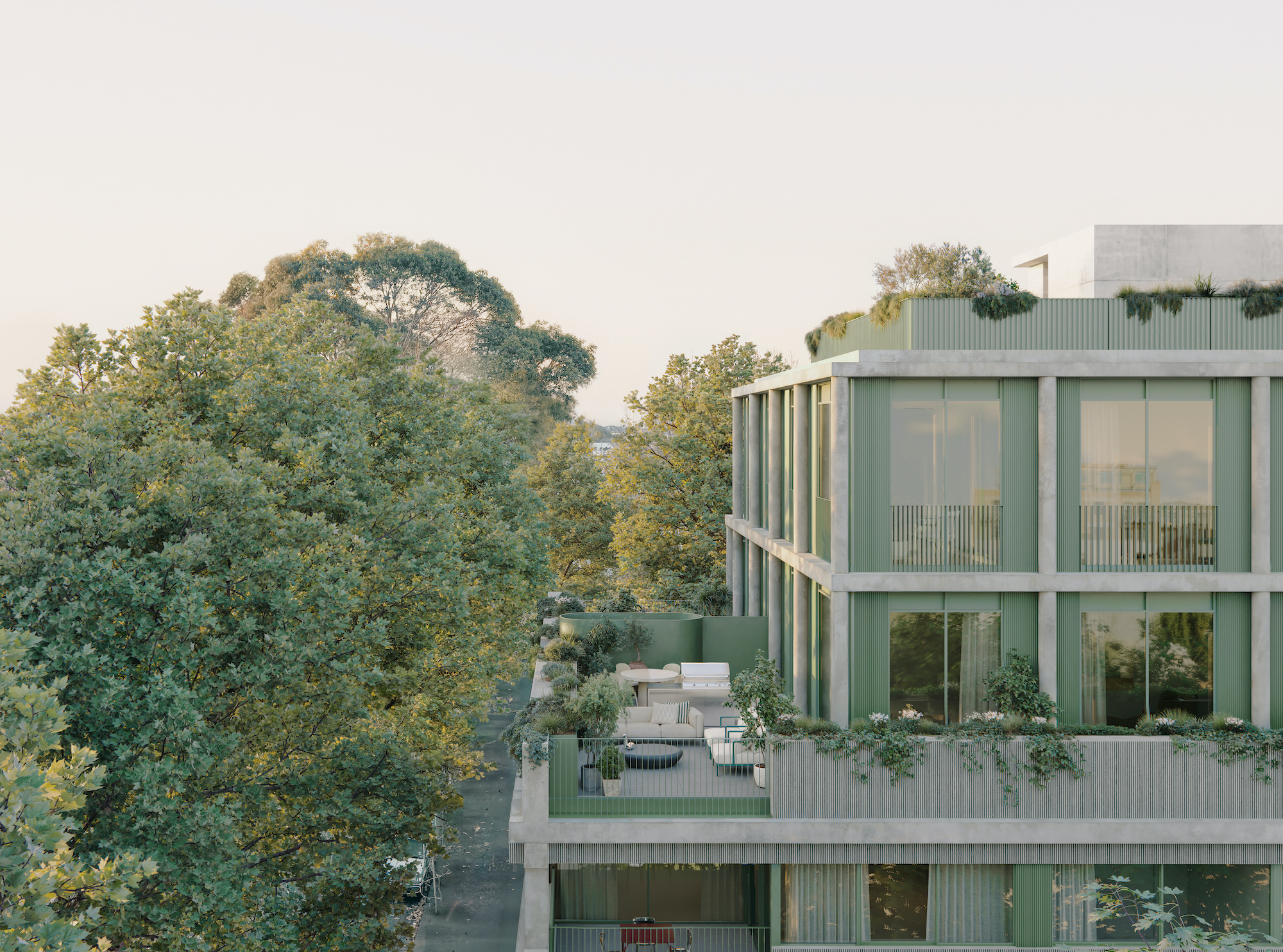 Neometro is the Australian developer creating homes its founders ‘would be happy living in’
Neometro is the Australian developer creating homes its founders ‘would be happy living in’The company has spent 40 years challenging industry norms, building design-focused apartment buildings and townhouses; a new book shares its stories and lessons learned
-
 The Melbourne studio rewilding cities through digital-driven landscape design
The Melbourne studio rewilding cities through digital-driven landscape design‘There's a lack of control that we welcome as designers,’ say Melbourne-based landscape architects Emergent Studios
-
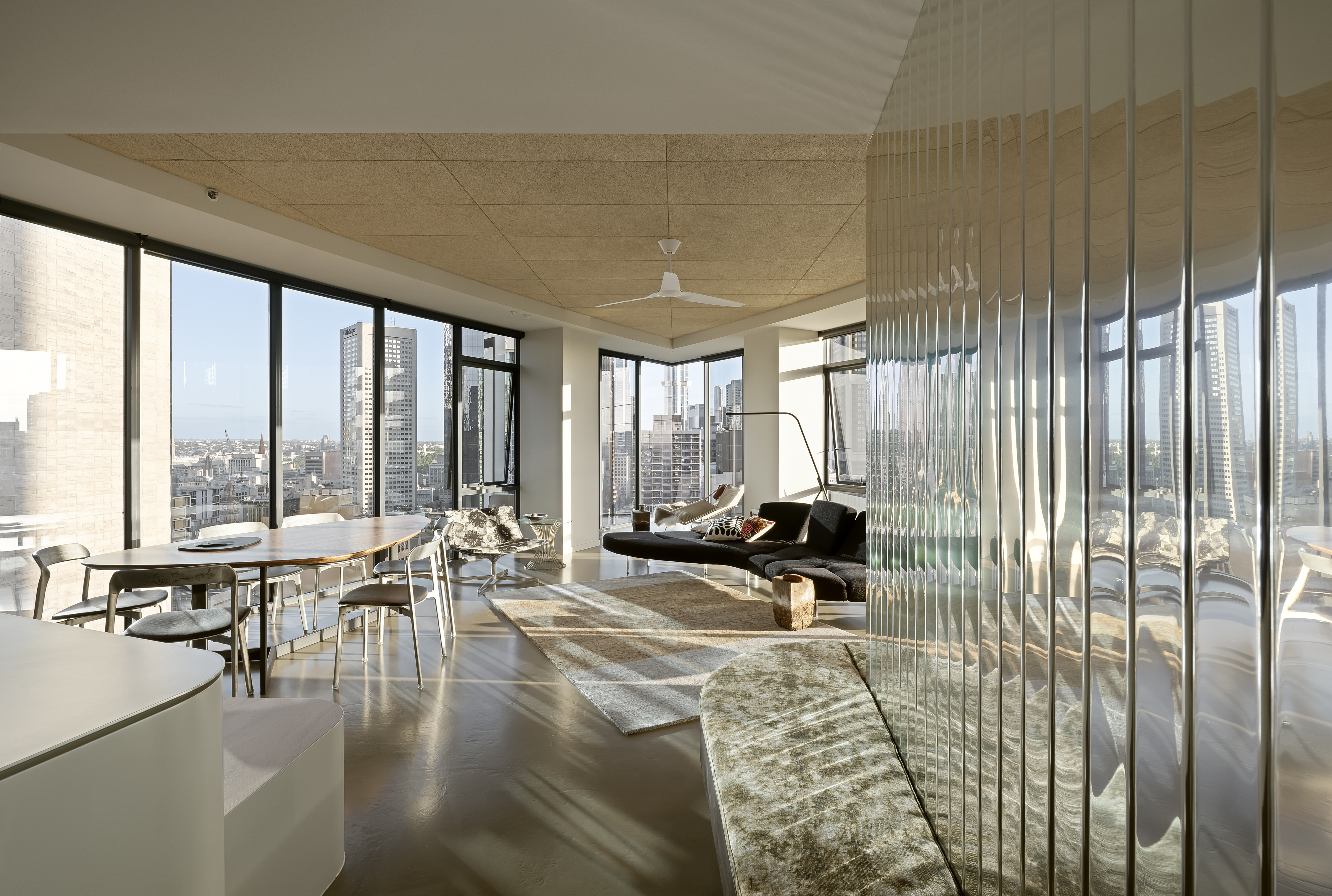 A Republic Tower apartment refresh breathes new life to a Melbourne classic
A Republic Tower apartment refresh breathes new life to a Melbourne classicLocal studio Multiplicity's refresh signals a new turn for an iconic Melbourne landmark
-
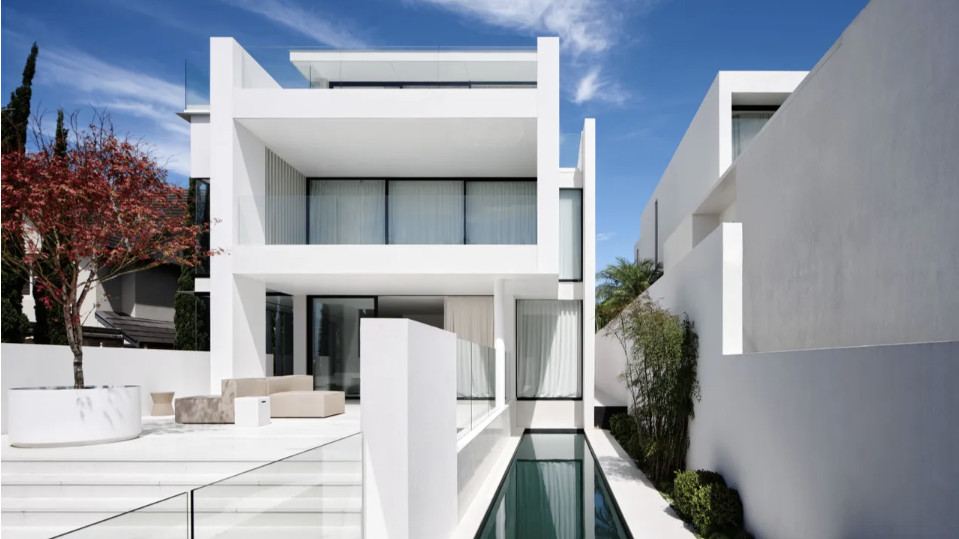 A Japanese maple adds quaint charm to a crisp, white house in Sydney
A Japanese maple adds quaint charm to a crisp, white house in SydneyBellevue Hill, a white house by Mathieson Architects, is a calm retreat layered with minimalism and sophistication
-
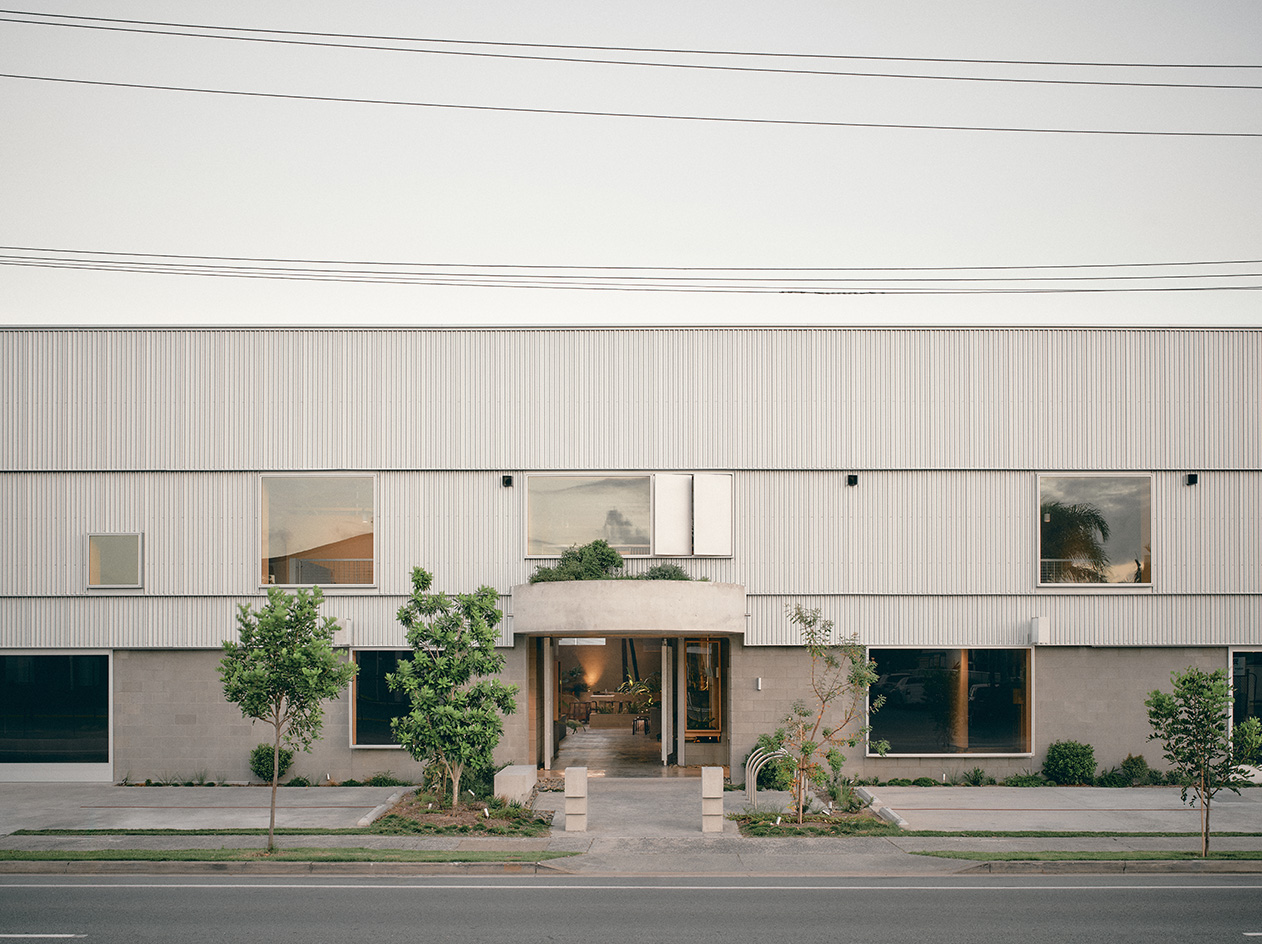 A redesigned warehouse complex taps into nostalgia in Queensland
A redesigned warehouse complex taps into nostalgia in QueenslandA warehouse in Queensland has been transformed from neglected industrial sheds to a vibrant community hub by architect Jared Webb, drawing on the typology's nostalgic feel
-
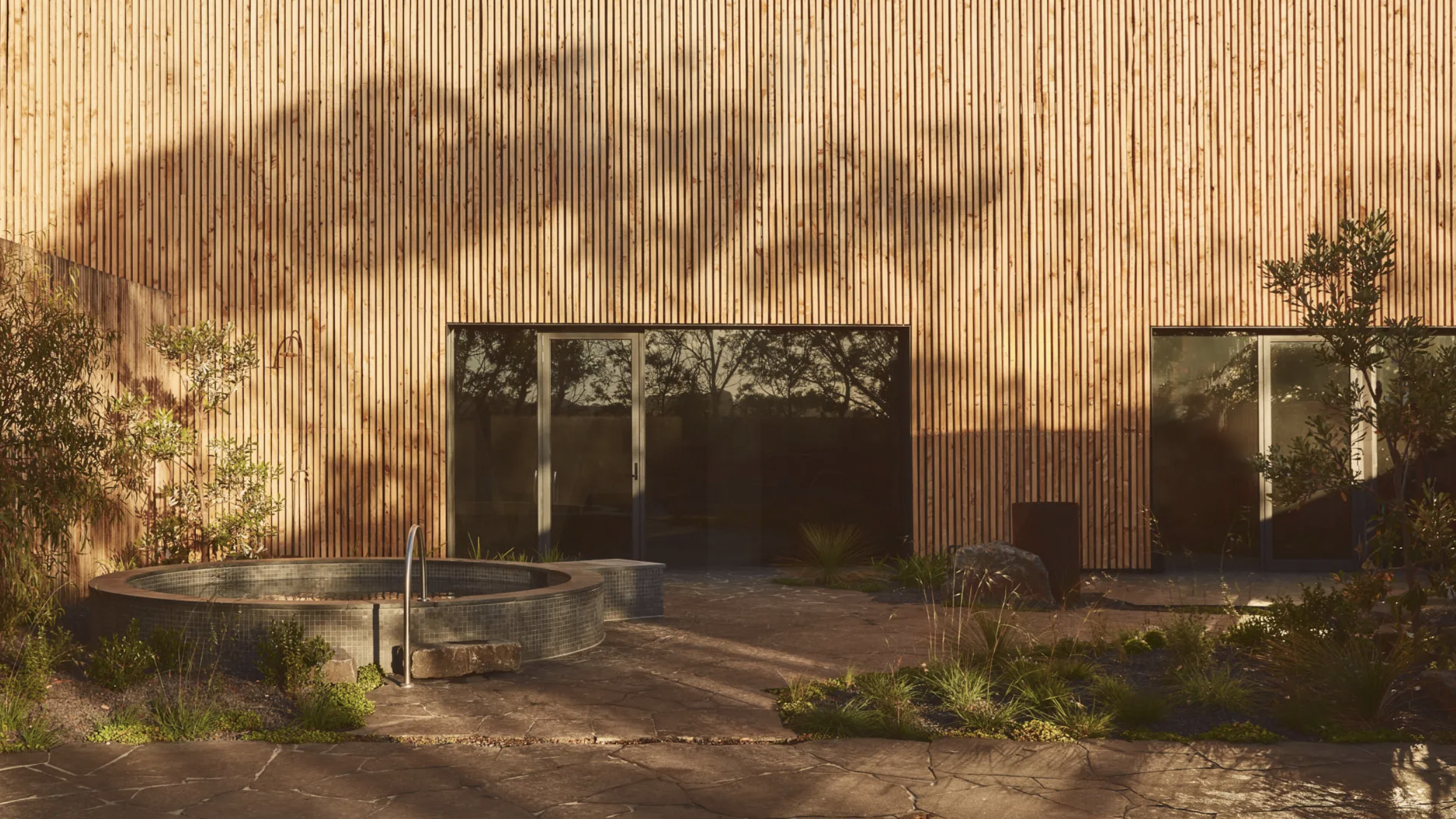 Australian bathhouse ‘About Time’ bridges softness and brutalism
Australian bathhouse ‘About Time’ bridges softness and brutalism‘About Time’, an Australian bathhouse designed by Goss Studio, balances brutalist architecture and the softness of natural patina in a Japanese-inspired wellness hub